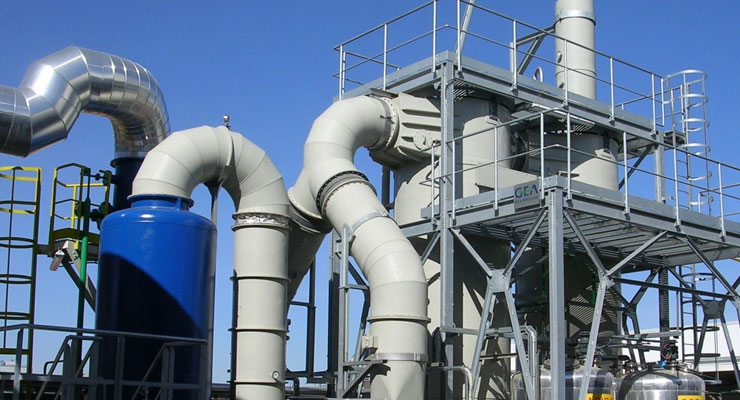An industrial scrubber is a device used to remove pollutants and particulates from industrial exhaust streams before they are released into the atmosphere. These scrubbers are essential in controlling air pollution, ensuring compliance with environmental regulations, and protecting public health and the environment. They are widely used in industries such as power generation, chemical processing, manufacturing, and waste incineration.
